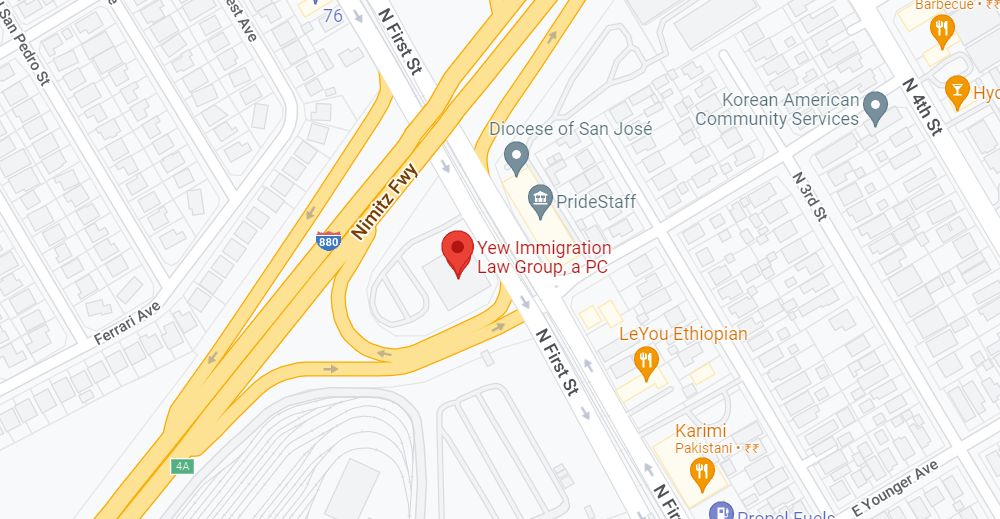The H-1B is a nonimmigrant visa that allows the holder to work in the United States for three to six years. The visa is available for degreed workers in specialty occupations, certain Defense Department R&D workers and fashion models of distinguished ability.
In this blog post, we are discussing the H-1B visa for workers in specialty occupations. In order to qualify, the applicant must meet at least one of these criteria:
- Holds a U.S. bachelor’s or higher degree from an accredited educational institution which is required by the specialty occupation
- Holds an equivalent foreign degree
- Has all required licenses and permissions to practice the specialty occupation in the proposed state
- Has a combination of education, experience or specialized training equivalent to such a degree, along with recognition of your expertise in the specialty occupation
In addition, the job you’re applying for must qualify as a specialty occupation. This means that a bachelor’s or higher degree is ordinarily the minimum entry requirement; the degree requirement is common across the industry; this specific employer normally requires the degree for this position; the particular position can only be performed by a person with the degree; or the nature of the work is so specialized and complex that performing it is usually associated with having the degree.
To get the visa, you must also have a specific job offer for a position in a specialty occupation, and your sponsoring employer must submit a Foreign Labor Certification and a Form I-129 Petition for a Nonimmigrant Worker before you apply. Only 65,000 H-1B visas are issued each year.
Examples of specialty occupations qualifying for H-1B visas
Each H-1B specialty occupation visa application is considered individually. The U.S. Citizenship and Immigration Services does not guarantee any specific job will qualify as an H-1B specialty occupation.
In its 2017 annual report on H-1B visas, however, the USCIS listed out the top occupational categories of those who received H-1B visas that year. By far, the most common occupational category for H-1B visas was “computer-related occupations.” This category includes occupations like:
- Computer programming
- Software development
- Computer systems analysis
- Computer network architects
- Database and systems administration
- Quality assurance testing and analysis
- Digital interface design
Examples of other common occupational categories include:
- Architecture, engineering and surveying
- Specialty administration
- Education and research
- Medicine and health
- Mathematics and the physical sciences
If the job you are interested in isn’t on this list, be aware that many other jobs have been approved as H-1B specialty occupations. Contact Yew Immigration Law Group for experienced help with this or any immigration issue.










